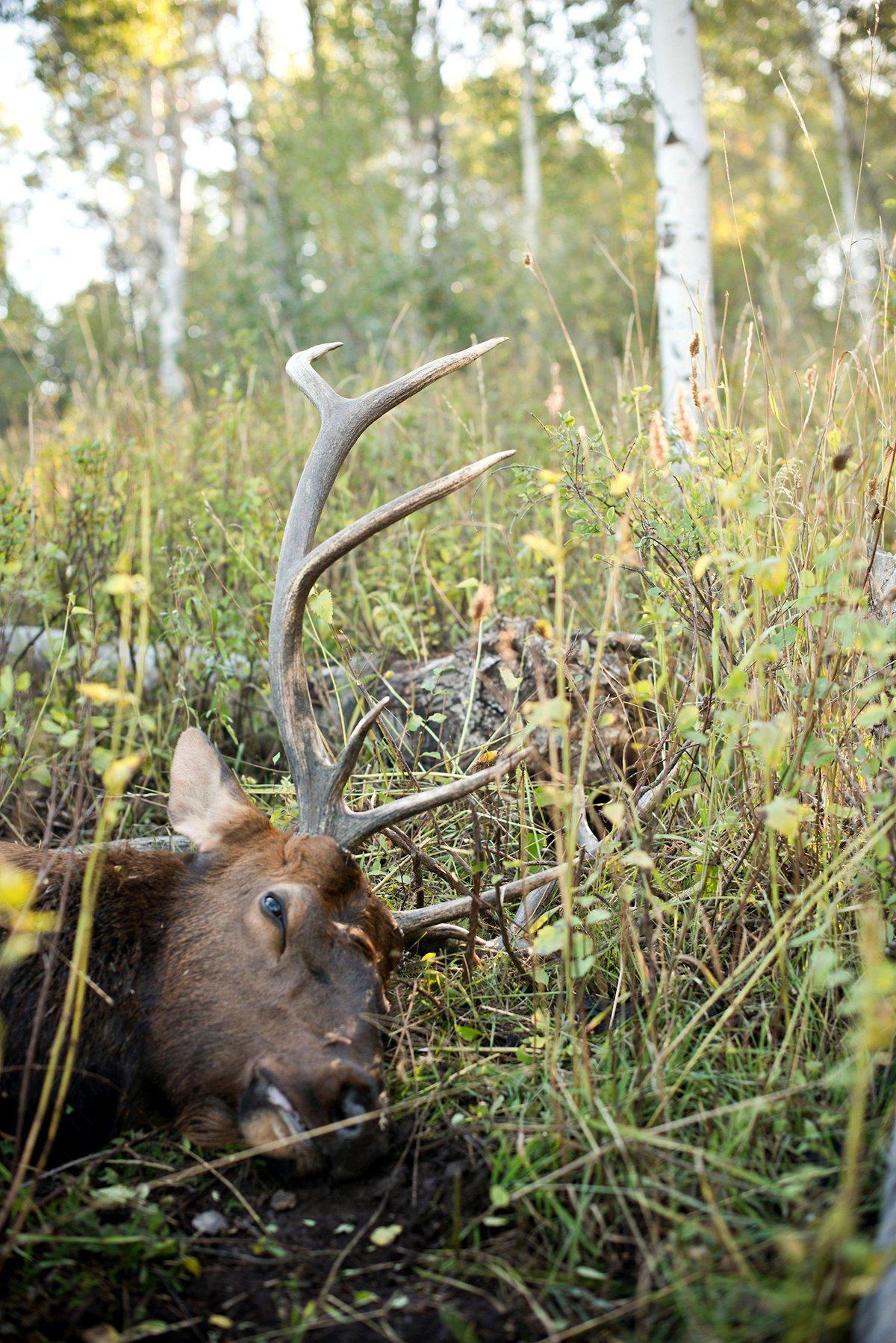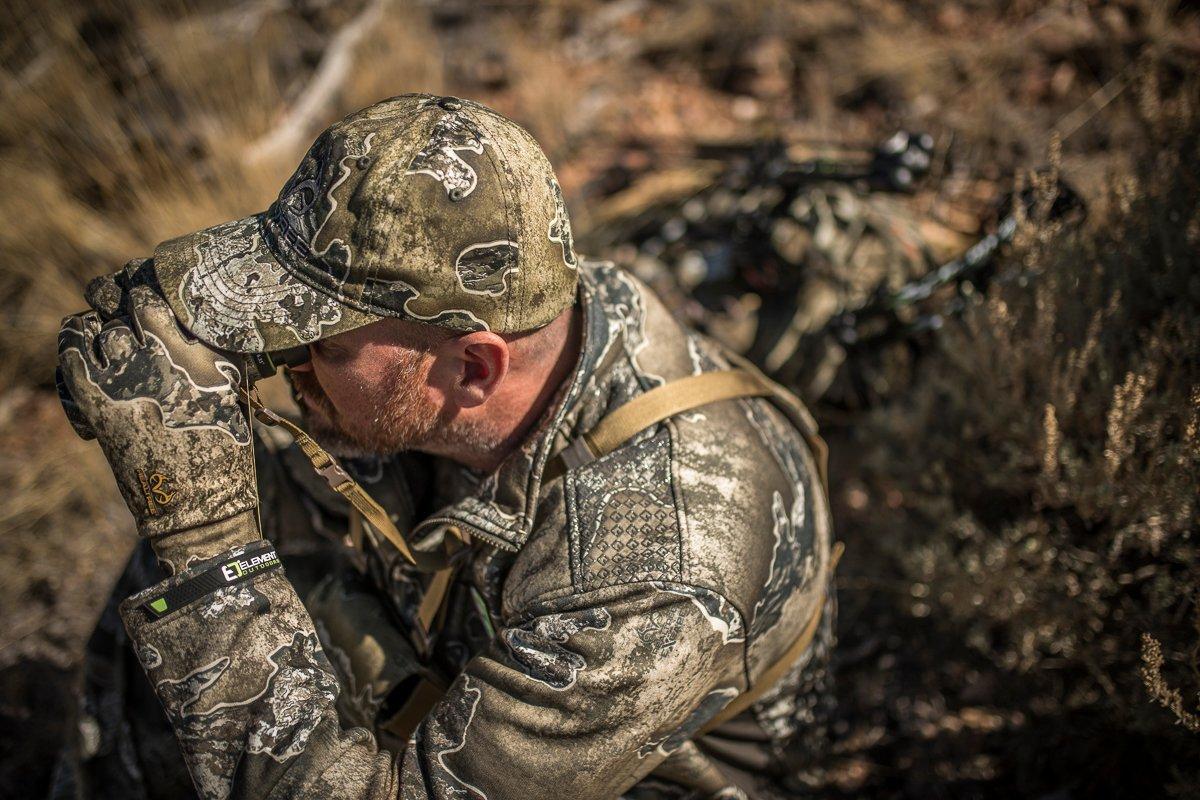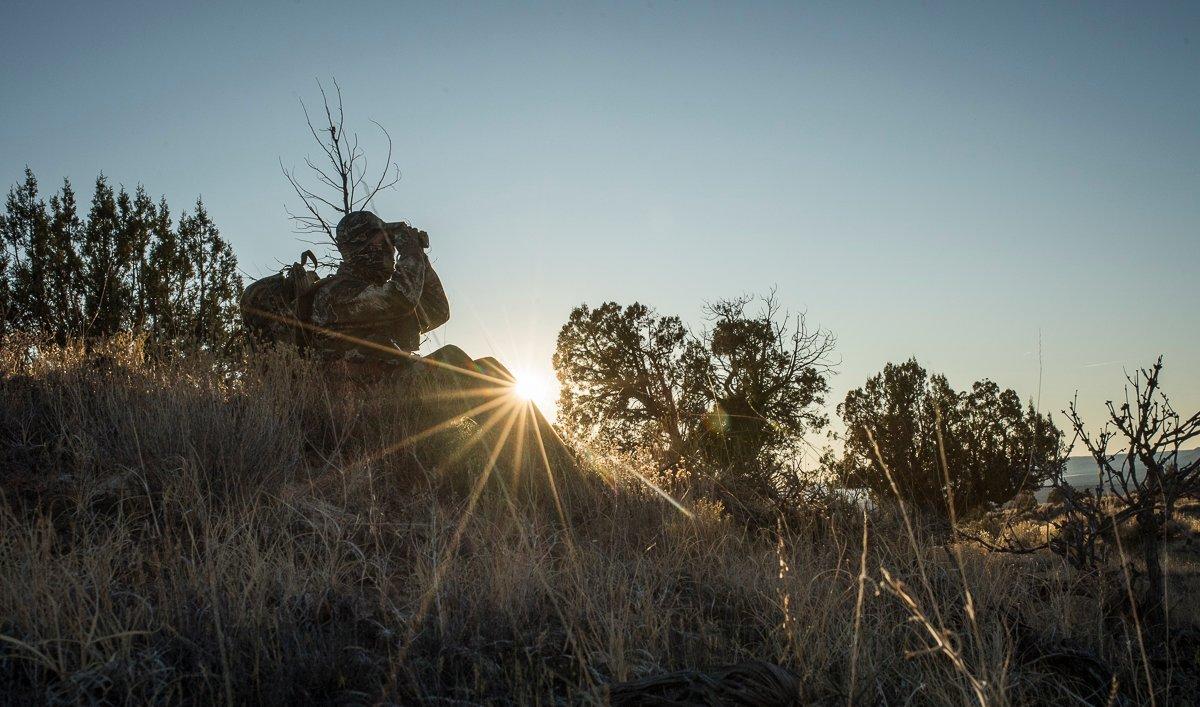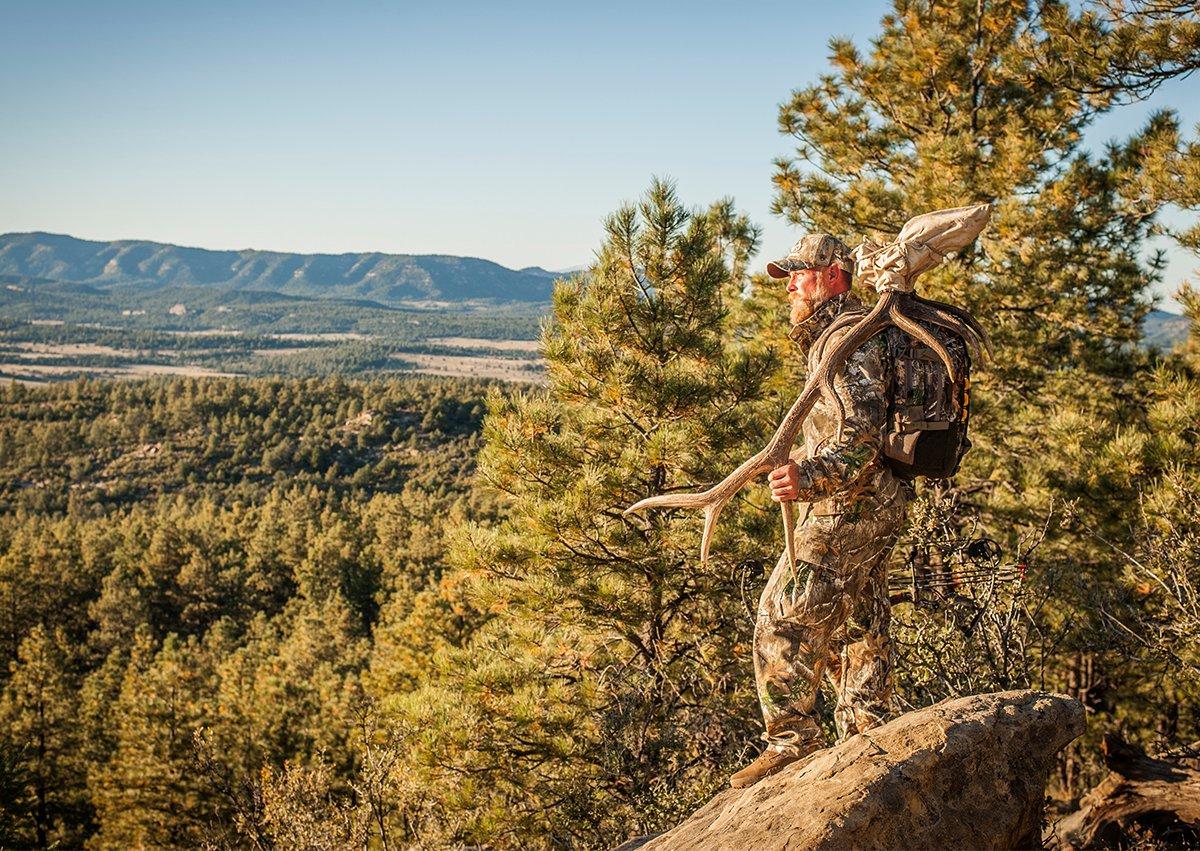If you want to spend more time in the elk woods and have more chances to succeed, then over-the-counter elk tags are the way to go
At least four different bulls bugled practically nonstop all morning long as I flanked a herd swarmed by satellite bulls. One beautiful 6x6 with a lovesick bugle grew attached to my cow calling around midmorning, but when he got to 60 yards — no shot opportunity — and didn't see a cow, his interest fizzled. He rejoined the ensemble of bugling bulls.
I continued chasing bugles, and at around noon, I came eye to eye with a massive old 6x6 at 14 yards. A well-placed arrow into the front of his chest quickly took effect, and my first bull ever was down within 100 yards. That hunt wasn't guided, or in a unit that took me years to draw. It was instead on an over-the-counter tag on U.S. Forest Service lands.
We're often told that OTC hunting looks nothing like the hunts seen on outdoor television. While the hunt I had isn't the norm, I have nonetheless had plenty of awesome hunting, with bulls going nuts, in OTC units. Fact is, DIY hunters kill great bulls in places like that every year. Applying for limited entry tags is never a bad idea, but in the meantime, you might as well hunt somewhere.
Playing the Draw
Like many guys and gals who are serious about western hunting, I annually apply for elk points in Arizona, Colorado, Nevada, Utah, and Wyoming. Plus, I've tested the measly sub-1-percent odds by applying for premium elk tags in Arizona and New Mexico. Despite the time I've spent keeping tabs on all of the draws and the money I've spent on points, I have yet to draw a limited elk tag. Sure, I could draw an OK unit with the points I have, but I'm waiting to cash my points in on premium units.
But that doesn't keep me out of the elk woods. On the contrary, I've hunted elk nine times on OTC tags. If I only did draw hunts, I probably wouldn't have hunted elk yet. All of the time I've invested into hunting elk has led me to believe that OTC tags are actually better than draw tags for several reasons. Here they are.
1. You Get to Hunt Every Year
If you want to become a good elk hunter, you need experience. Draw tags in good to great units aren't an annual or bi-annual deal. OTC tags, on the other hand, put you in the mountains every fall, if your finances and schedule allow. I'd much rather hunt elk annually than twiddle my thumbs for 10-15 years waiting on a great tag — I love it too much to wait that long between hunts.
Draw tags in premium units can be awesome, and Lord willing, I'll draw some within the next five to 10 years. When I do, I'll be glad that I already have experience. OTC tags are like training camp for the big tags you can one day draw. You'll be able to make the most of those tags because you'll have a ton of experience under your belt when you hunt OTC elk every year or at least every other year.
(Don't Miss: How to Recover a Wounded Elk)
2. You Stay in Shape
I keep myself in pretty good physical shape, but elk hunting has forced me to take fitness more seriously. I learned during my very first hunt that to keep up with elk and have the stamina to keep going day in and day out, I must be in mountain shape. In other words, big biceps and a Michelin-man chest don't cut it. It takes a mix of lifting, maneuvers, and endurance-based training to truly be ready for all that the elk woods can dish up.
What do OTC elk tags in particular have to do with fitness? Well, when you hunt elk annually or bi-annually, there is less time between hunts, and so there is more motivation to stay in good shape all of the time, not just once every 10 years. When you do annual elk hunts, fitness becomes a lifestyle, not a pre-hunt-prep measure.
3. You're More Effective at Finding Elk
Finding elk takes a learning curve. I was fortunate enough to have a relative show me the ropes during my first elk hunt, and that helped me to an extent. However, when I ventured away from his spots, I didn't really know what I was looking for, and finding elk wasn't always easy. But the more time I spent looking, the better I understood what habitat and terrain elk like and why. Now, I can find elk quite fast and put myself in the game to hunt them, because I've spent tons of days in the elk woods and know what to look for.
Through nine elk hunts, I've also realized the importance of having back-up spots. There are so many variables that can turn your OTC elk hunt upside down, and you have to keep a good attitude and move on to plan B when unforeseen challenges arise. I have OTC hunts to thank for hammering home that concept.
(Don't Miss: 6 Ways to Prepare for an Elk Hunt)
4. You Hone Your Calling Skills
I bugled in a magnificent bull during my first elk hunt that ultimately ducked my arrow, but I didn't really know much about calling elk during my first few elk hunts. In fact, I'm still learning today. Elk in OTC units are the elite at evading hunters and becoming educated toward calling, so spend a ton of time hunting OTC elk and find your groove with calling them in.
Also, much can be learned about calling elk — realistic sounds and frequencies — by listening to them. Many times I've been within earshot of elk and heard cows and calves chirping and mewing. I've also heard every bull vocalization, from grunts to whines to round-up bugles to glunking. Frequent OTC hunts give you more time in the woods and more opportunities to hear elk talk.
5. You Observe More Elk
For years, elk intimidated me. Their size compared to a whitetail is astounding, and when a bull bugles at 100 yards or less, the intimidation factors only increases. But I've found that the more I'm around elk, the more comfortable I am and the better I've become at not falling apart when I get a chance to draw my bow. By observing elk annually, it becomes clear that they're just animals, like whitetails, and that we're still above them on the food chain, regardless of how big and noisy they are. OTC tags give you more opportunities to observe elk, and that'll make you more comfortable during encounters.
(Don't Miss: The Country's Best Elk-Hunting Units)
6. You Fill More Tags
Success odds in many OTC units are around 10 percent, give or take. During your very first elk hunt, I'd say your personal odds are right there if you're a decent hunter and pay attention to the details. But, if you pick a unit and hunt it as often as you can, you'll begin to learn so much about the elk there. As you connect the dots, I believe your personal odds will increase. Naturally, this means that you'll have more opportunities to fill tags. Draw tags make you wait on the bench for a number of years. OTC tags let you play the game. You can't win if you don't play.
7. You Eat More Elk!
I know of no one who wouldn't love a freezer full of elk meat. From mature bulls to immature bulls and cows, I haven't had a bad meal of elk. My wife and I even have a friend who demands elk stir-fry whenever we invite her over for dinner and ask her what she'd like to eat. It's that good.
If you hunt premium draw tags only, at best, you'll be filling your freezer with elk once every 8 to 10 years. Although you can't expect every elk hunt to be successful, I believe that a good elk hunter can realistically expect to kill an elk every two to three years on OTC hunts.
(Don't Miss: Elk Calling Strategies for Today's Public-Land Hunter)
Finish Line
Obviously, I've made a case for OTC elk tags being better than draw tags for several valid reasons. But understand, I'm not knocking draw tags. If you want to someday hunt a unit with next to no pressure and with big-bull potential, by all means, play the draw. I do. But don't overlook OTC tags while you wait. If you want to become an experienced elk hunter and have opportunities to pack your freezer with delicious elk meat, OTC hunting is your ticket to the show.
(Don't Miss: 10 Elk Calling Mistakes That Can Cost You a Bull)















